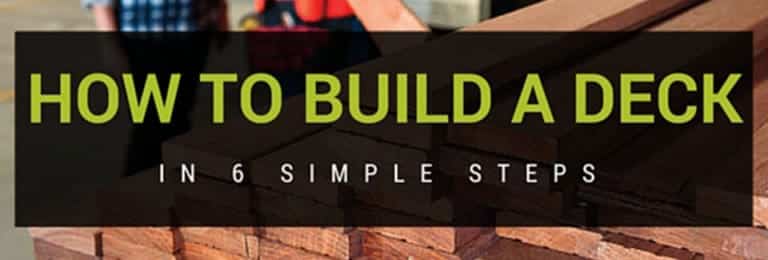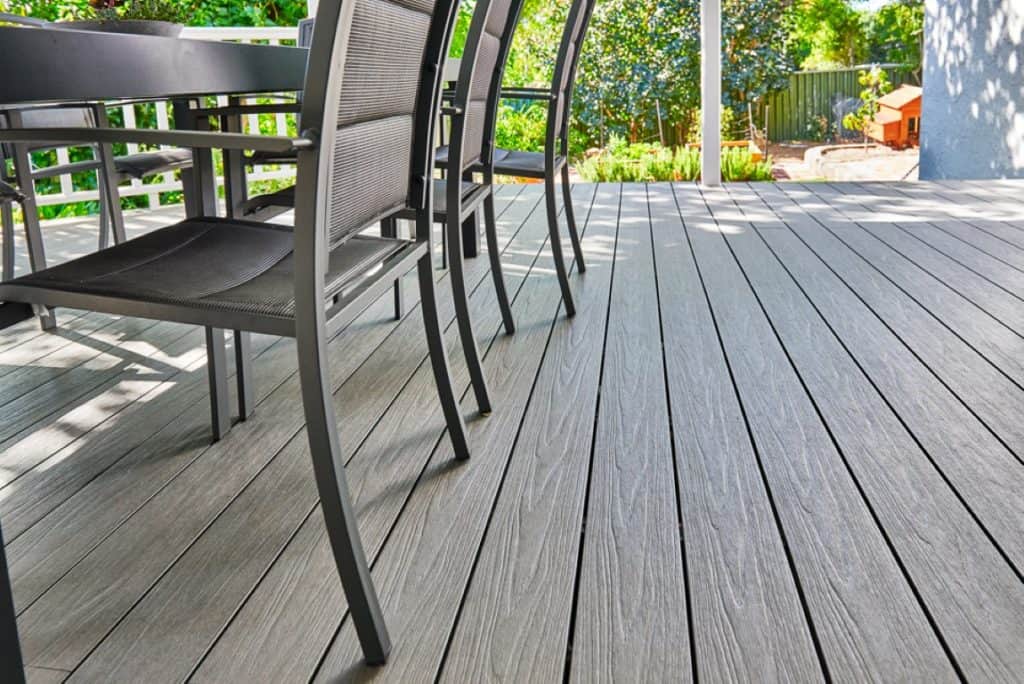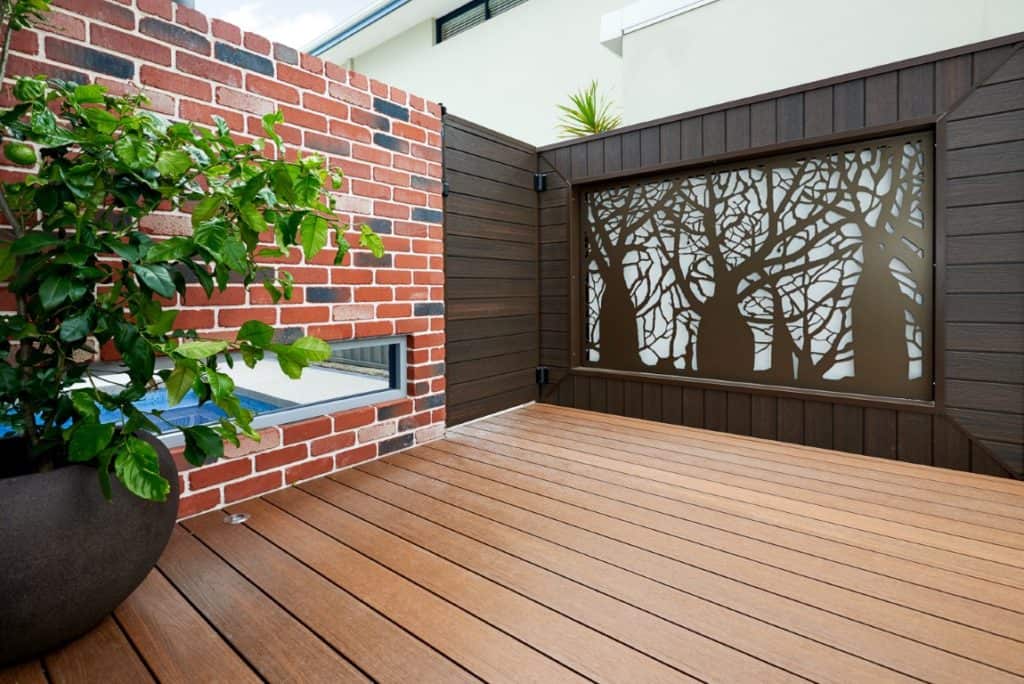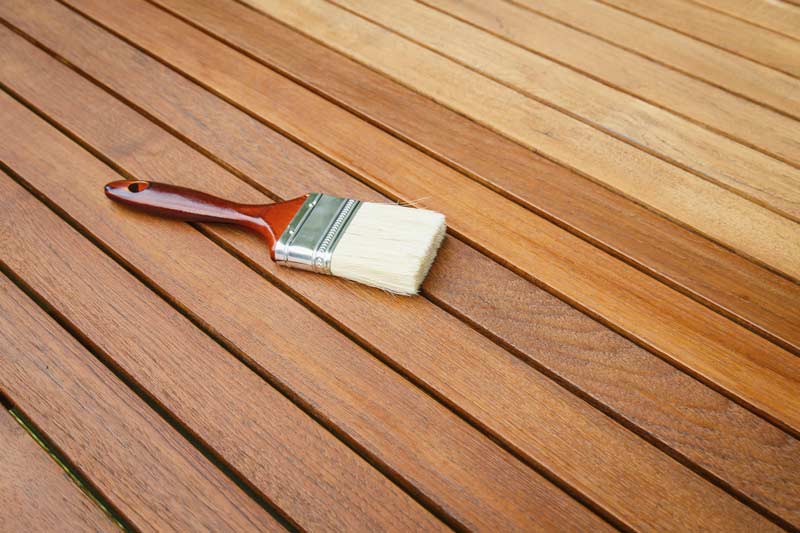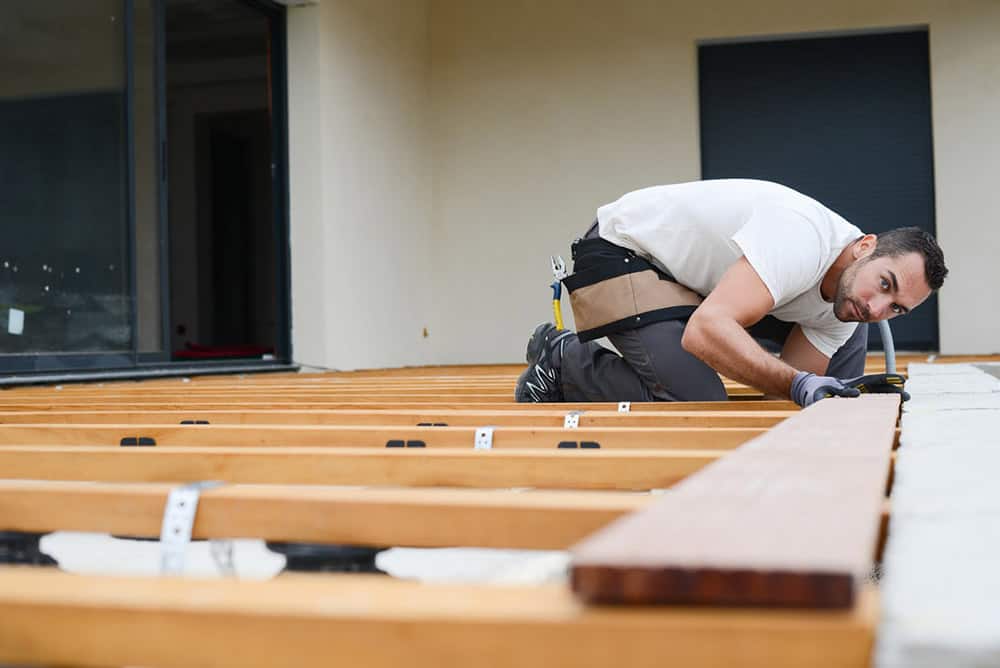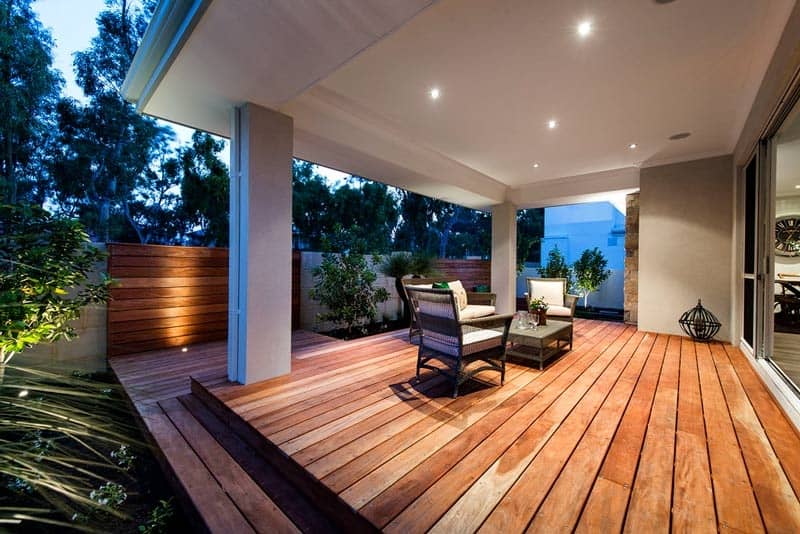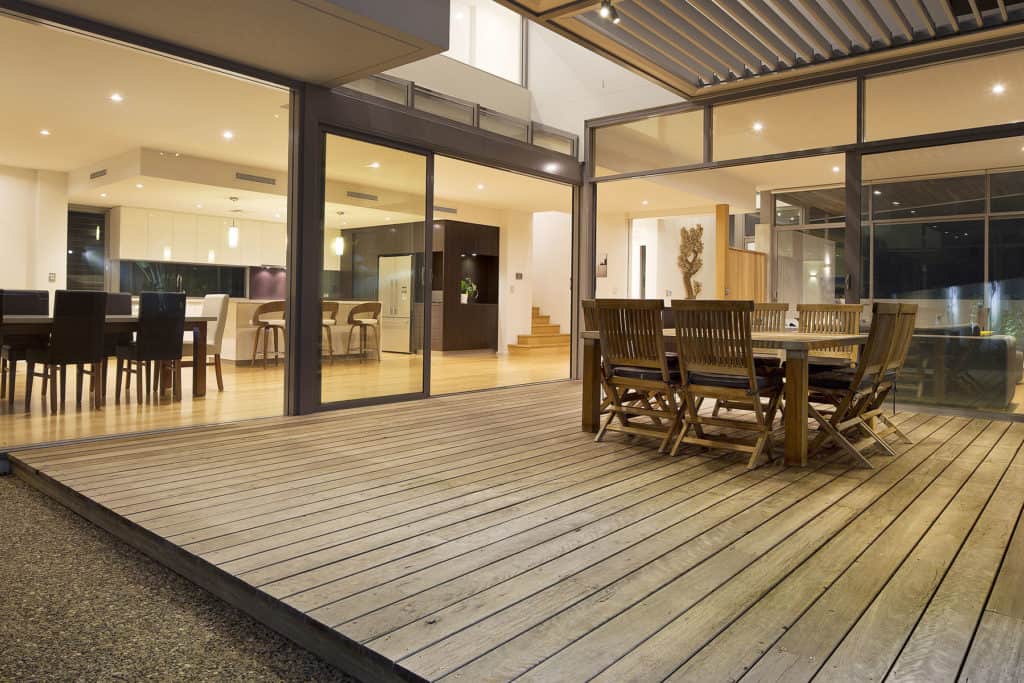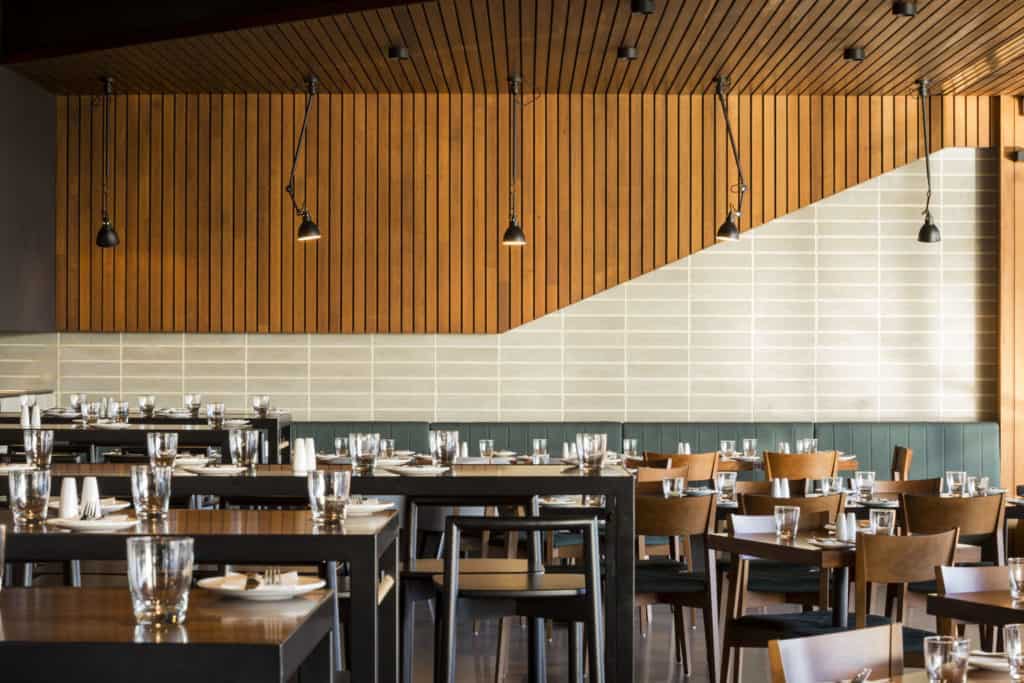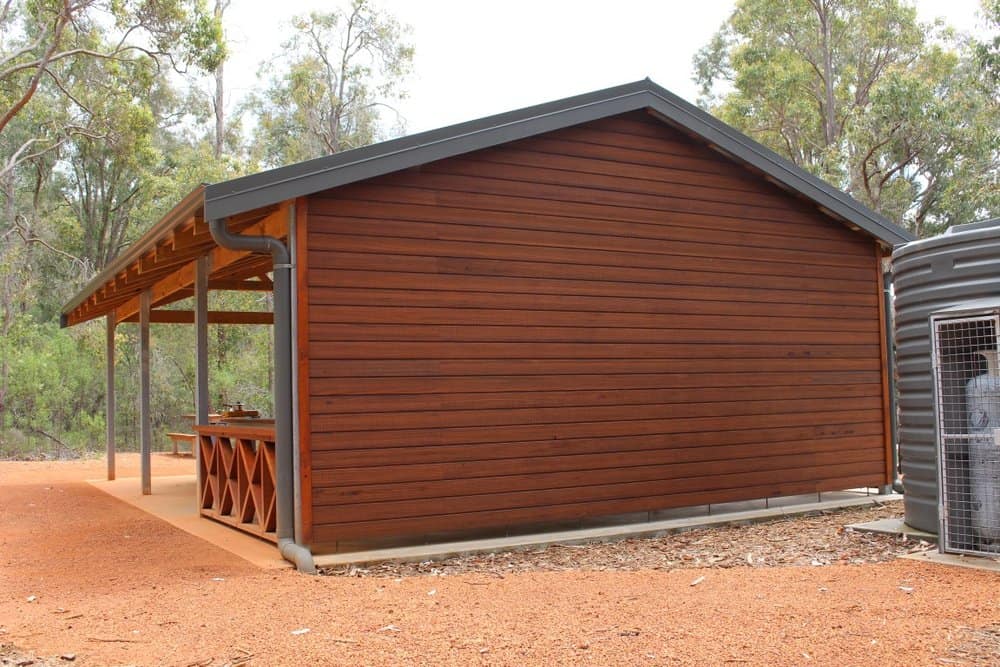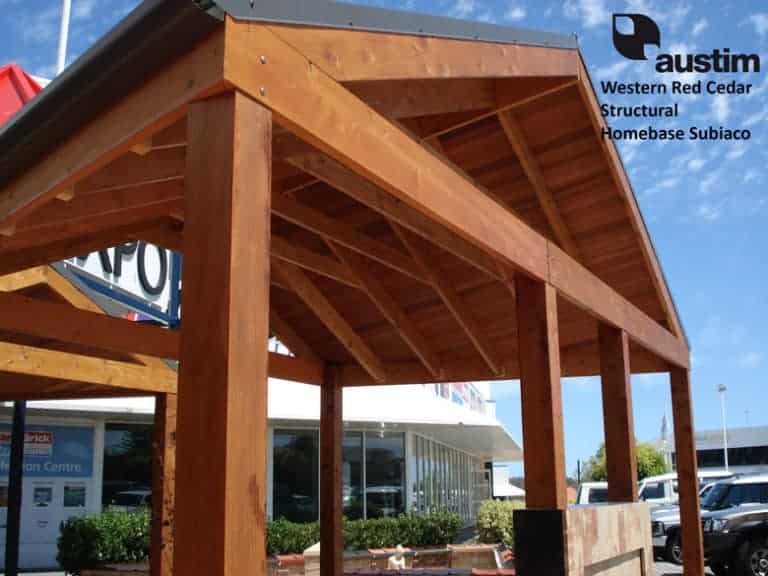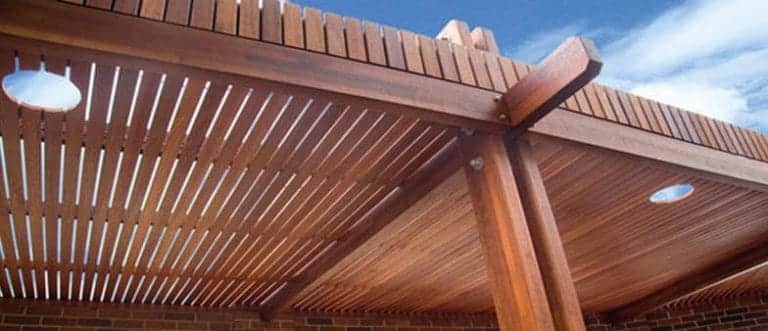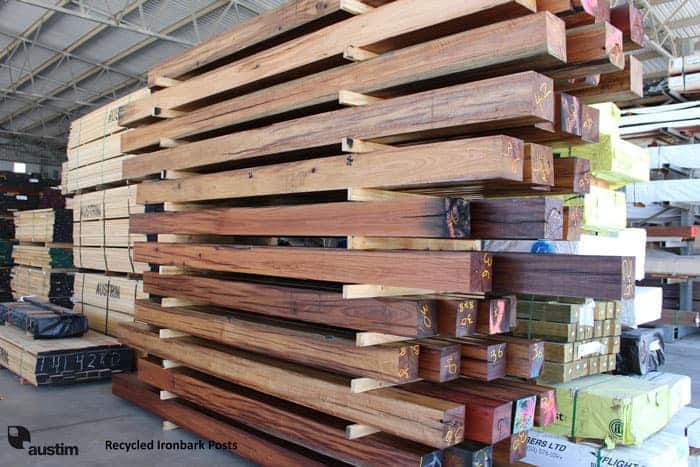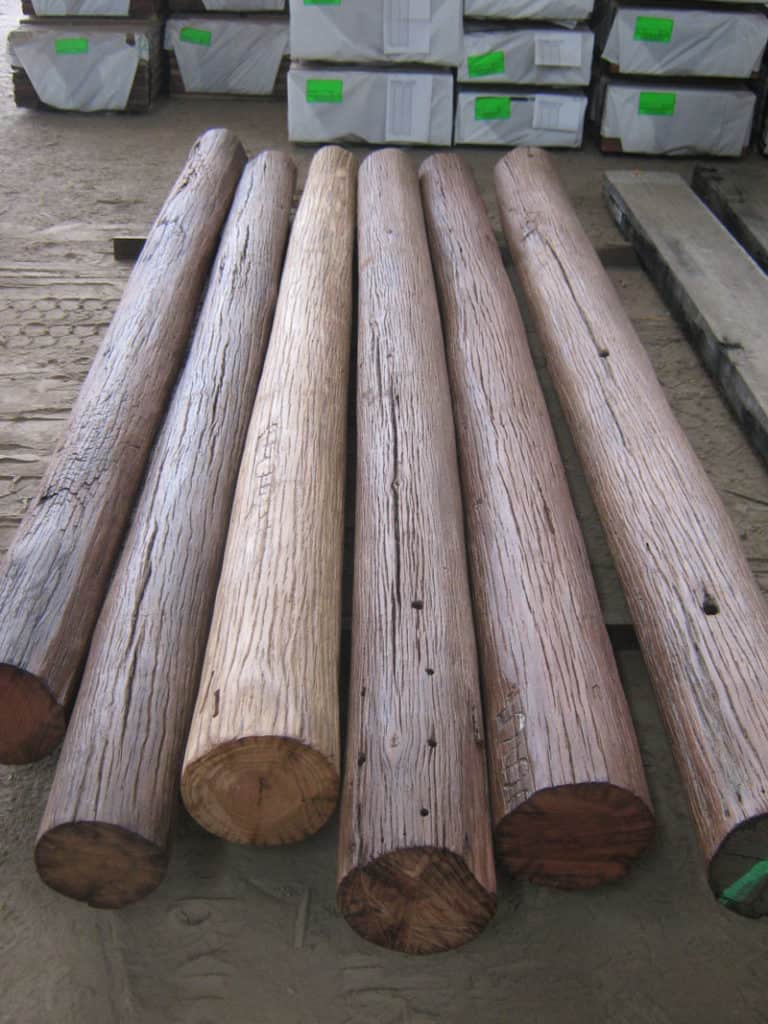Building your own deck is a great way of transforming an outdoor area into a space perfect for entertaining. Believe it or not, it is not as hard as it seems – you can even do it yourself. All you need is timber supply, some materials and the right tools for the job. Even if you have next to no knowledge about construction, we are going to show you the six steps you need to follow to build a functional and durable deck for your backyard.
DIY Decking Benefits
What are the benefits of building your own deck besides being able to kick back and relax in your own space? Well, the most obvious benefit is the economic benefit. Hiring a professional to install your deck can be quite expensive, but if you do it yourself, you can drastically reduce the overall cost of the deck. If your decision to build a deck has been dependent on the state of your finances, then building your own deck may be the solution for you.
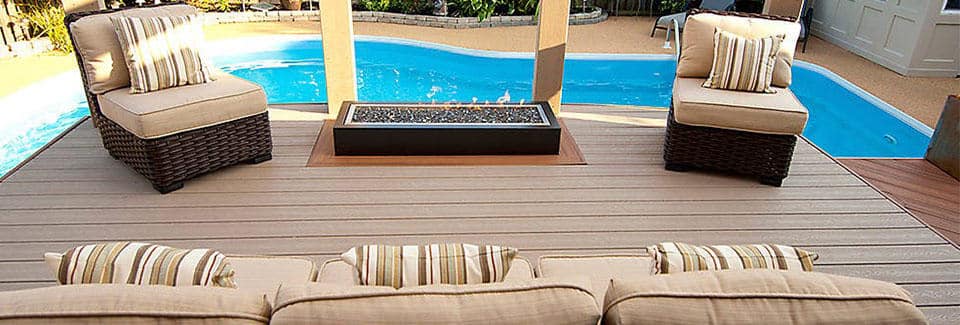
Source: Trex Decking
Step 1: Obtain permits if necessary
Before you start your DIY project, it is essential to find out whether you are allowed to build a deck in your area without prior council approval. To find out the rules in your area, contact your local council. Generally, projects are allowed as long as the finished product does not impinge on the privacy of your neighbours and is not too high off the ground (generally the specifications are either 900mm or 600mm).
Step 2: Planning
As with any home improvement project, planning is the most important step. If you put time and effort into planning, you are going to spare yourself from trouble later on.
Timber vs Composite
One of the first decisions you are going to have to make is whether to build with timber deck or composite decking. If you simply want ‘the best one’, it is going to be problematic, because both materials have unique benefits that make them worthy contenders.
The traditional choice for decking is timber. It was also the only material used before the introduction of composites in the early 90s. It is generally cheaper to purchase and has great aesthetic appeal.
Composite, on the other hand, is manufactured to be resistant to things that timber can be vulnerable to – water damage, rot, insect damage and weather exposure. It requires less maintenance however, the variety of benefits will cost you. Composite is typically more expensive to purchase as a decking material than timber but with lower ongoing maintenance decking costs.
Decking Design
As we saw in our previous blog, Building a deck: plan and design decking, the best way to design your deck is to tailor it to your specific needs. This can be done by answering 4 simple questions.
How will I use it? This will heavily influence the design, as you are going to need different requirements based on the intended use of the deck. Will it be primarily used for entertaining, family dining, the pool or relaxing?
How much space? It is important for your deck design to complement your outdoor area, rather than dominate it. If you need more space, you can always use a multi-deck system or build around obstacles (i.e. trees) with curves or railings.
Sun or shade? Unless it is being used around a pool, you want your deck to be well shaded to protect yourself against the harsh Australian sun. You can do this by either making use of trees or installing a gazebo or pergola.
Have you thought about access and safety? This relates to the Permits section. Make sure you are aware of the building codes relating to access and safety. Here is a useful resource about garden safety for parents.
Tools
If you do not have any of the following tools, you will have head to a hardware store before you can start your project. The staff there will be able to assist you with the materials you need for deck construction. The good thing is that these tools will be useful for many other home DIY projects you may wish to do.
Shopping list
- Hand or powered saw
- Chisel
- Measuring tape
- Screw driver
- Electric drill and bits
- Spanners
- Adjustable wrench
- Hammer
- Wood and metal stakes
- Spirit level
- Builder’s line
- Square
- Shovel
Step 3: Start Building
Setting out the area
There are three steps to setting out your area before you get started with the building. These steps will help you calculate the dimensions you need to make a square or rectangle deck.
- Location set out – Mark out the length and position of the deck on the wall of the house with a pencil. Also, establish where the deck will go – you can create a rough layout with the timber or composite you’ll use for the deck.
- Horizon set out – This step sets out the shape of deck. Measure how deep the deck will be off the ground (according to your plans) with builder’s line. Place a timber stake in the ground at corners of the deck and wrap the string after each stake.
- Vertical set out – Take a long, straight piece of timber and next to the string (closest to the house) at a 90 degree angle. Find the level between the wood and the mark up on the house with a spirit level. When it is level, mark the spot on the wood and adjust the string so it is level with that mark. This will give you your vertical set out.
Construction
The construction stage is complex and would be complicated to discuss in its entirety in this post. It is best to educate yourself on how to build a deck as much as possible before you begin. There are some great articles at Family Handy Man and Mitre10 have a tutorial video on YouTube.
Step 4: Seal deck
If you are building with composites, skip this step, because one of the great things with composite decking is it does not need to be sealed. If you have opted to construct your deck from timber, you have the option to seal your deck to protect it from sun and rain. We suggest you inspect every 6-12 months and re-apply timber decking oil as required, the harsh Western Australian can take a toll on outdoor materials.
There are many types of sealing products on the market. Your timber merchant will be able to recommend the a number of options suitable for your situation.
Step 5: Structural Integrity
You may think you have built the perfect deck but for peace of mind, it is sensible to ask someone with building experience to certify that it is structurally sound. Small details can lead to overall structurally instability, so it is important to have your deck checked and approved before using it.
Step 6: Enjoy your deck
Congratulations! After all of your hard work, you have built an outdoor space that you and your family can enjoy. Now it is time to invite friends over for a BBQ, relax by the pool or stand back and admire your handy work.
Hire a decking expert
Austim provides timber & composite decking to many decking builders throughout Perth, Western Australia. If you need help finding a decking supplier, contact an experienced Austim decking specialist for more information.

